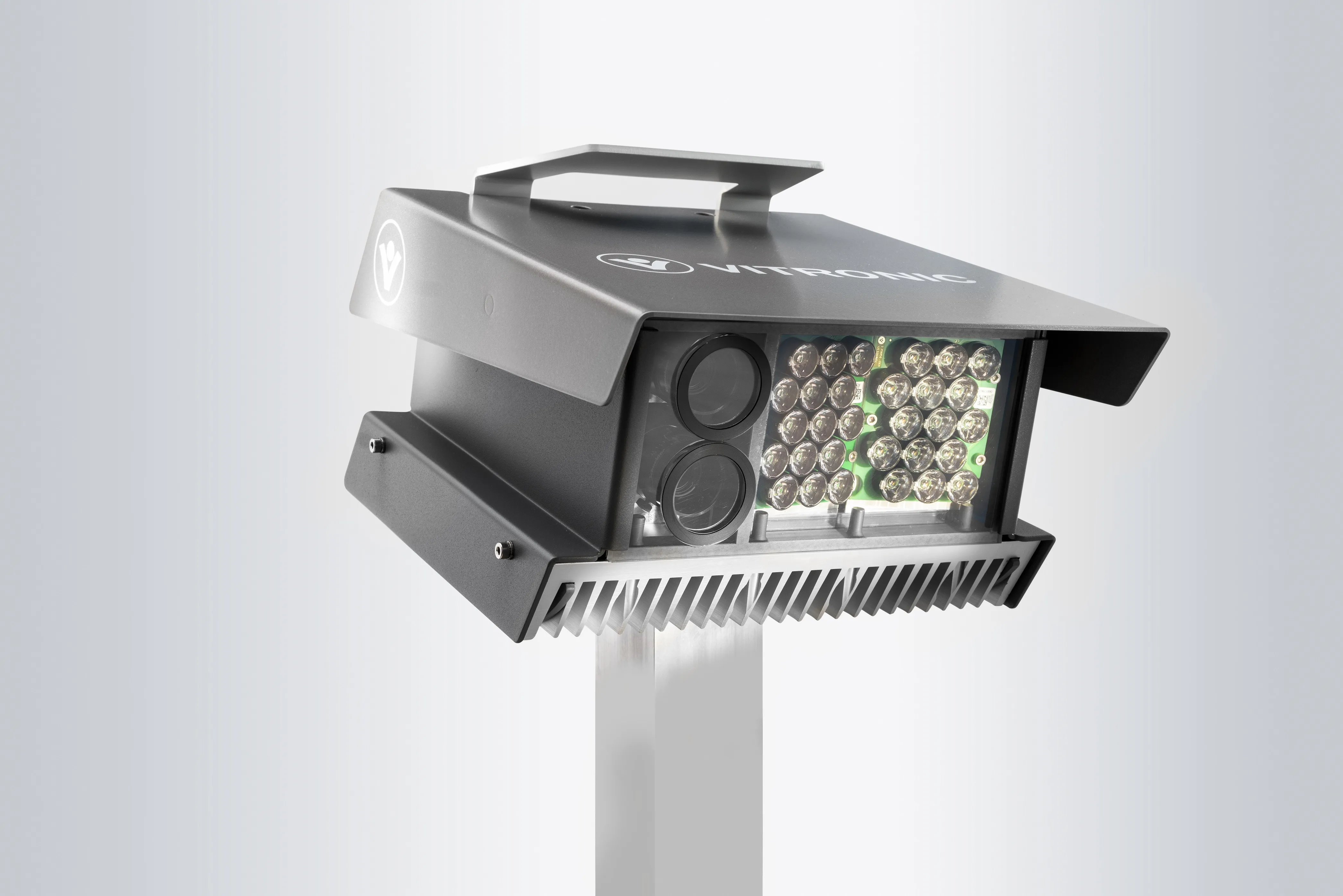Cellcontrol, supplier of technology to prevent distracted driving, has launched what it claims is the industry’s first and only driver identification platform, DriveID, which accurately detect who sits in the driver’s seat, and applies a safety policy only to that individual’s mobile devices, leaving passengers free to talk, text, email and browse.
May 22, 2013
Read time: 1 min
DriveID uses non-pairing Bluetooth signalling technology and, according to Cellcontrol, DriveID, overcomes industry usability challenges, providing the accuracy required for user-based insurance (UBI) programmes and deeper distracted driving intelligence to protect drivers and their passengers.
“The future of UBI and distracted driving prevention relies on intelligent driver identification – and we’ve accomplished just that with DriveID,” said Joe Breaux, chief technology officer of Cellcontrol.









